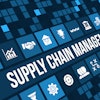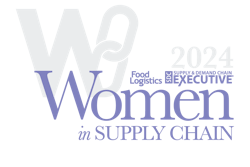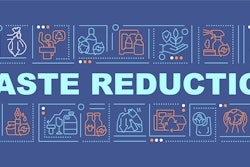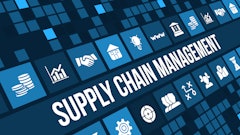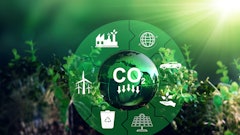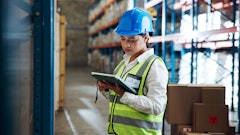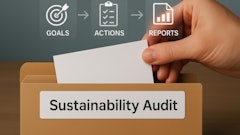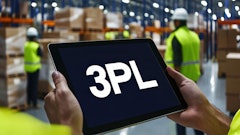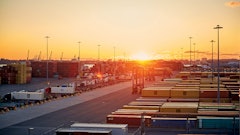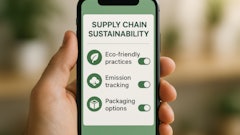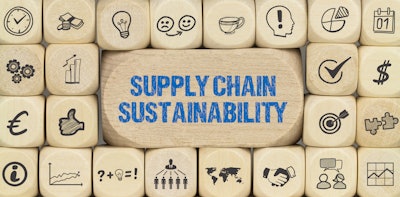
Global supply chains are facing unprecedented challenges. Major disruptions such as geopolitical tensons, natural disasters and labor strikes have become the norm rather than the exception. At the same time, increasing scrutiny around forced labor and environmental issues is putting pressure on companies to address risks buried deep within their supply chains. New McKinsey research shows that nine in ten senior supply chain executives have encountered supply chain challenges this year and 2025 is poised to raise the stakes even further.
January 1st marks the close of the first year of reporting for the Corporate Sustainability Reporting Directive (CSRD) and a new U.S. presidential administration is set to take office, ushering in new views towards regulation, climate change and sustainability efforts. With so much in flux politically and a multitude of regulatory requirements to meet, supply chain executives must stay ahead by leveraging emerging technologies, increasing transparency around operations and partners, and adopting proactive strategies to ultimately drive better business outcomes.
Achieving Greater Transparency and Visibility
Damaging sustainability risks such as forced, and child labor are often harbored deep within the supply chain. It is therefore crucial for companies to gain clarity into the business practices of all their upstream suppliers, including those several tiers down the supply chain. According to research from the World Benchmarking Alliance, 90% of the world’s most influential companies fail to ensure human rights, decent work and ethical conduct. But failure to comply with regulations that govern these practices such as CSRD and the Corporate Sustainability Due Diligence Directive (CSDDD) could result in massive fines, potential civil claims and significant reputational damage.
Emerging AI-powered tools are enabling companies to achieve multi-tier visibility like never before. These solutions allow businesses to uncover risks early, streamline regulatory reporting, and identify opportunities for greater efficiency and sustainability. With deep insights into supplier performance across all tiers, companies can make informed decisions to align with both compliance and business objectives.
Meeting Stringent Regulatory Compliance
To meet complex new regulatory standards, supply chain executives must report in-depth insights beyond direct suppliers. This encompasses the origin of raw materials, labor practices, and environmental compliance. For example, the EU Deforestation Regulation (EUDR) specifically targets global deforestation and forest degradation and requires due diligence down to the lowest tiers of the supply chain, typically local farmers. However, many companies do not have this level of visibility into their vendors. In fact, KPMG reports that that less than half (43%) of organizations have limited to no visibility of tier one supplier performance. One can assume that visibility into tier 3 partners or below is even lower, if it’s even happening.
By leveraging robust supplier networks and AI analysis organizations can trace materials to their origins, identify risks and drive sustainability goals through better traceability and transparency. Technology can help businesses predict and mitigate environmental risks, optimize resource usage and adapt quickly to policy changes. This not only strengthens compliance but also contributes to a significant reduction in environmental impact and more efficient supply chain operations.
Driving Better Business Decisions
Consumers increasingly expect companies to demonstrate sustainable practices. This demand is driven by rising awareness of environmental issues, leading many customers to favor brands that can ensure ethical sourcing, transparency and reduced carbon emissions. A PwC survey highlights that customers are willing to pay a premium for products and services sourced, developed and provided sustainably.
To meet consumer demand, remain compliant and maintain solvency amid economic uncertainty, businesses must integrate sustainability into their supply chain operations, driving corporate strategy, and influencing long-term value creation. Companies aligning with these expectations are better positioned to avoid regulatory actions, foster customer loyalty and increase sales. But all actions must be authentic and backed by data.
Advanced technologies like AI and automation empower companies to analyze large datasets in real-time, enabling data-driven decisions that optimize supply chain processes and align with sustainability goals. It also streamlines regulatory reporting and provides transparency for consumers and other stakeholders around sustainability and ESG efforts.
Supply chain leaders can be trailblazers in shaping sustainable practices within their industries. Those that innovate and use forward-thinking strategies and technologies to manage compliance with varied domestic and international standards will be more adaptable to evolving expectations from regulators and customers alike. There’s incredible strategic value in sustainability practices and reporting, regardless of regulatory requirements. Now is the time for supply chain leaders to ensure their organizations are not only compliant but also efficient, resilient and competitive in a rapidly changing environment.
